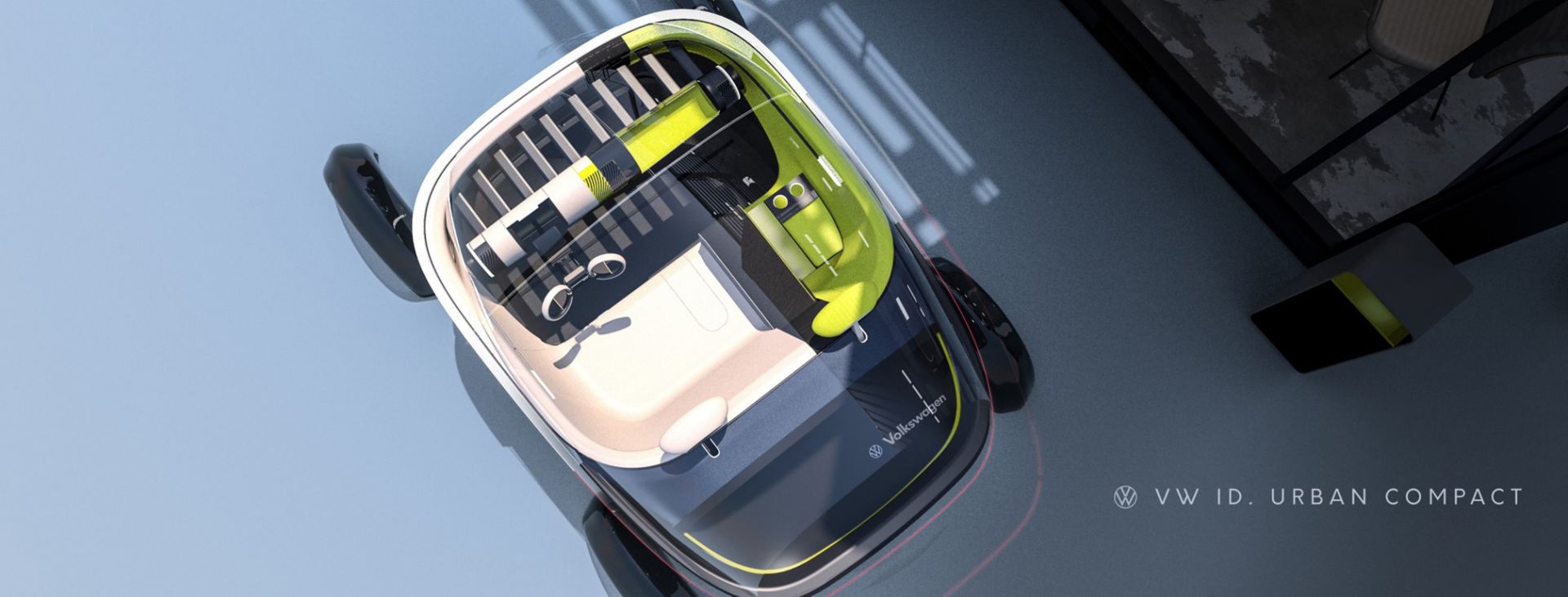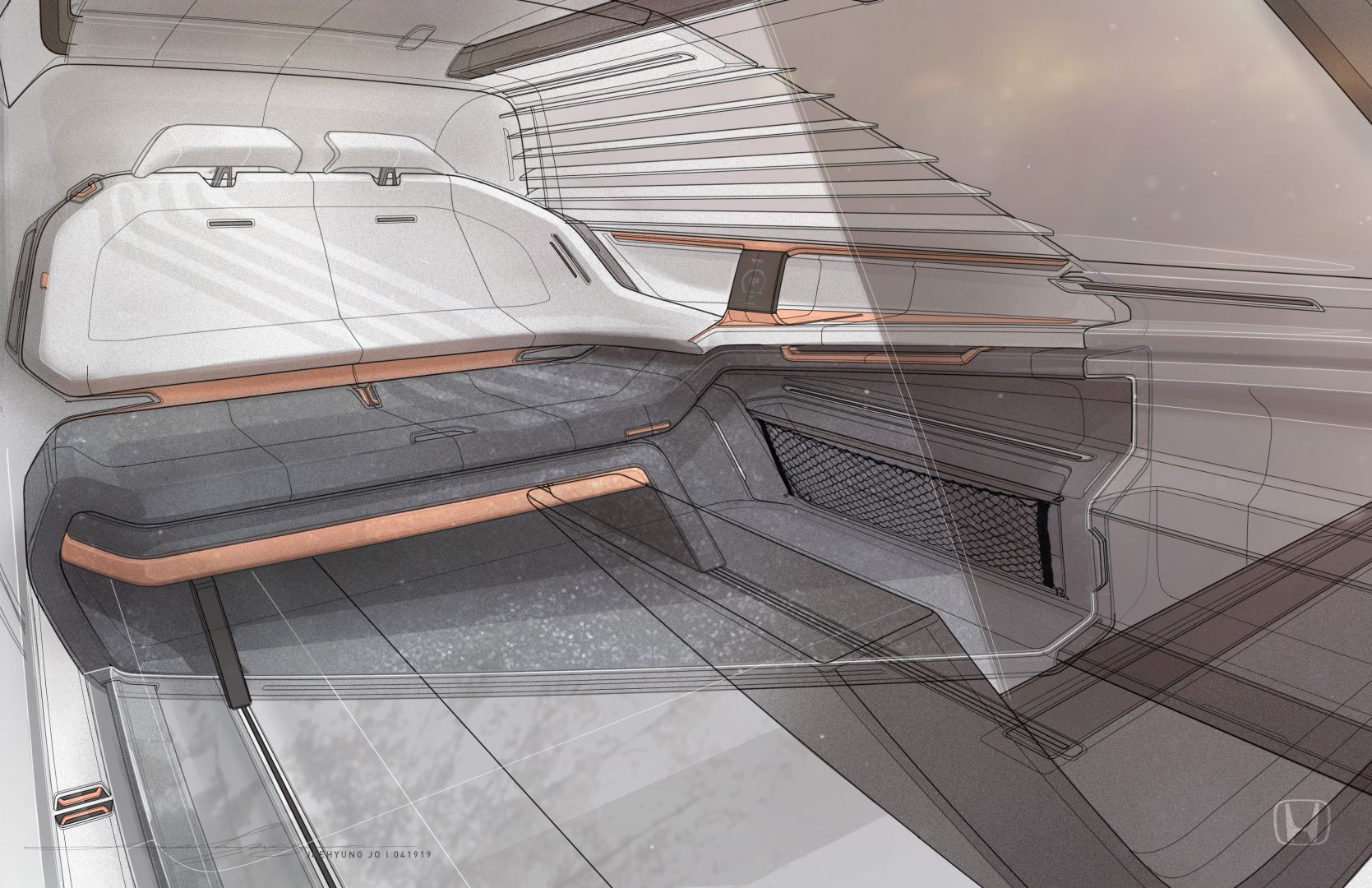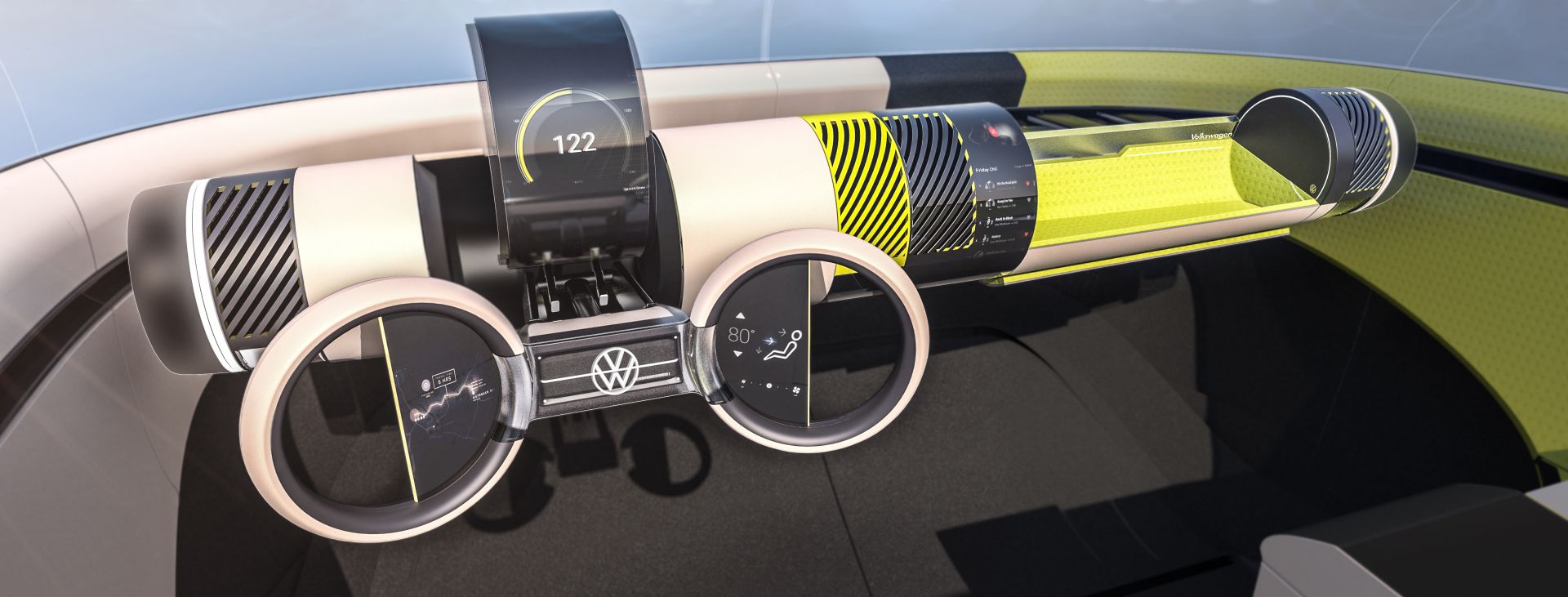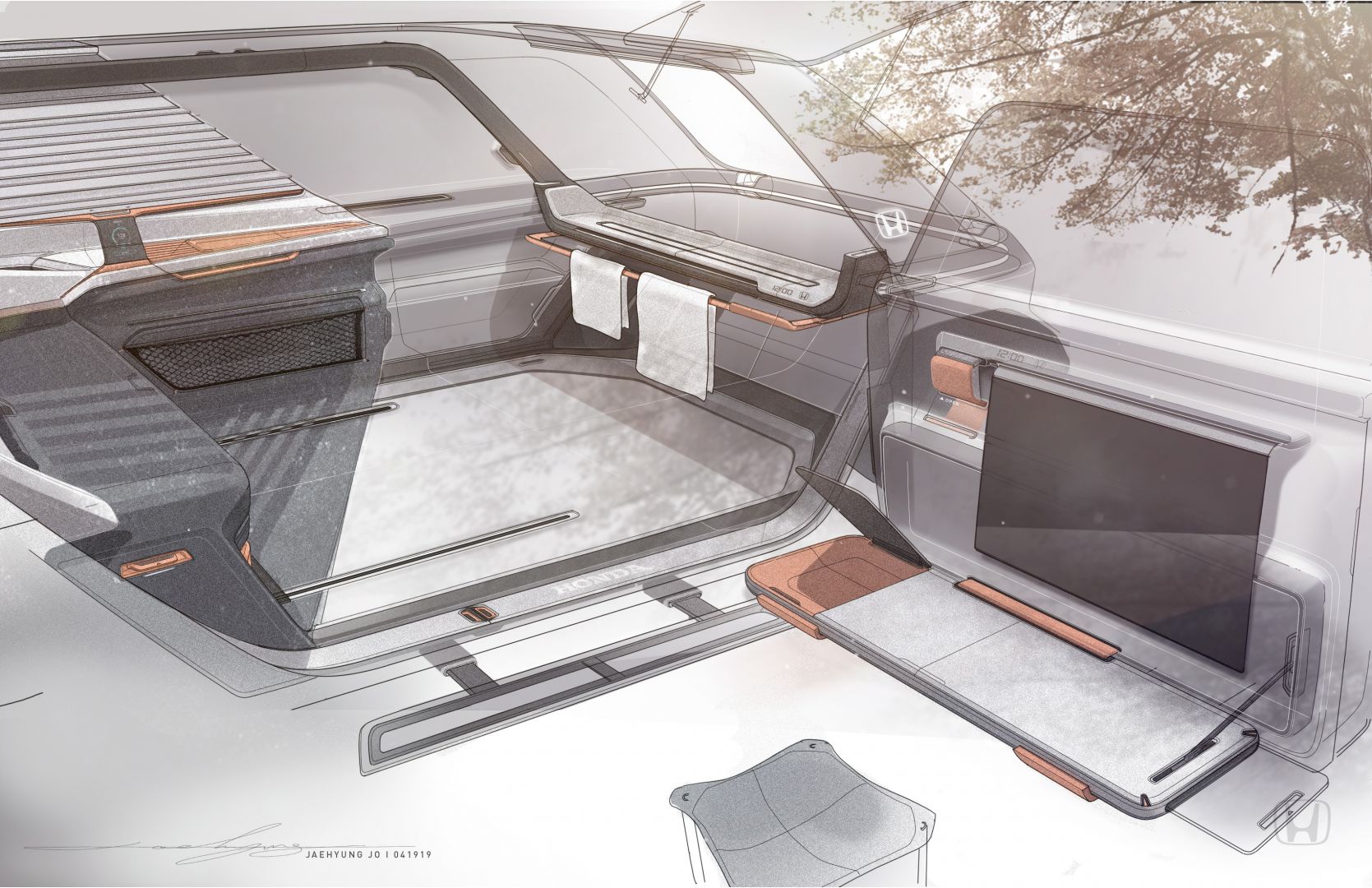Meet Jaehyung Jo | Automotive Interior Designer

We had the good fortune of connecting with Jaehyung Jo and we’ve shared our conversation below.
Hi Jaehyung, what is the most important factor behind your success?
First of all, It’s important to not to lose curiosity and enjoy asking myself ‘how can I solve this situation creatively?’. I think of myself not simply as a person who is good at drawing cars, but as one who seeks out creative solutions to problems. Since I was young, I was extremely curious and asked a lot of peculiar questions, but every time I did that, my parents accepted me with an open mind, took me seriously, and gave me positive feedback. My parents’ educational philosophy helped me develop my imagination to its full potential. In order to create original designs, I try to get inspiration from various fields, such as architecture, fashion, and other products. In the case of architecture, I am captivated by learning about the architect’s thoughts and background story leading up to the outcome. When I enter a cafe or any other shared space, I try to capture the unique structure and feeling of lighting that is distinctive to what that space provides in my daily life. In the case of items, I often wonder, “How did this design come about?” and learn by disassembling and reassembling it myself. Repetitive design is a designer’s fatal flaw, so I try to be aware of what I already excel at and am cognizant of, and always seek out new areas of design.
I also pay attention to what new technologies are being developed and actively attempt to absorb the information. I love exploring how new software can be integrated into existing interior design to create synergy effects. In the past, all design was done by manual sketching, but now, as working with Photoshop has become mainstream, I think the only way for us to make progress is if we are not shy about learning new technologies. When working on a 2D work base, 3D capabilities have emerged and become important for designers over the past few years. Therefore, by becoming proficient in 3D software, I was able to implement design forms that were difficult to express well in drawings and actively utilize animation. This aids me greatly in building new designs and improves my work efficiency. Additionally, learning VR provided a step up in communicating with designers in other foreign studios. It is now possible for multiple people to enter a virtual space at the same time, view the designed car in actual scale, and discuss it.
Lastly, I consider empathy with the public crucial. Since we make products while keeping the people who will use them in mind, I think we should be aware of them and develop designs that can truly provide assistance. That’s why I put myself in a similar situation and do my best experience it. When faced with a problematic moment, I ask myself “what if” and how I would change the problem. I put myself in their shoes. For example, I had a chance to work on a project about overland camping, I go camping in situations similar to the target users, figure out what their issues are, and brainstorm improvements through photos and drawings. Rather than just sitting down and thinking in my head while drawing, I prefer a design that incorporates my own experience of problem-solving as it will end up a more solid story. For each project, I keep thinking about how to maximize the user experience by constantly observing every little thing I experience in my daily life. Sometimes, I may come up with a bizarre and radical idea, But those ideas have helped me a lot for me to come out new and fresh designs.

Let’s talk shop? Tell us more about your career, what can you share with our community?
My job specialty is vehicle interior design for delivering a unique user experience to the passenger while they are inside the vehicle. A vehicle’s interior includes everything you can see inside: the steering wheel, console, glovebox, seats, doors and trunk.
The surrounding scenery changes as a car moves, so I consciously try to create an interior that maximizes the three-dimensional feel of the space according to the changing light and shadows around it. My interior design style is differentiated by the incorporation of natural elements. This unique perspective stems from growing up in beautiful nature and observing the coastal sea within Busan, South Korea.
Simple placement of car components result in a conventional and static design. I don’t want that, therefore, I deliver a different ambiance by taking into consideration how natural sunlight hits the ceiling structure during the day to create intentional shadow and utilizing ambient mood lighting at night. I purposely choose a nature-immersive design to highlight the changes in the elements, as well as temperature, scent, and sound.
With a passion for creating meaningful experience through art of design, the end result is user-friendly interior designs which focus on customer convenience and usability. Great styling is important, so I take into consideration the best way to aesthetically utilize space without sacrificing convenience. For example, one of my personal project– the Volkswagen city car–emphasizes usability. At conception, I compiled research to identify parking problems in high-traffic cities. Set to release in 2030, this project focuses specifically on drivers with small cars in high-traffic cities. To prevent accidents being caused from drivers opening their doors into traffic, I provided a solution that allows the door to open in the front ingress egress rather than forcing exit through a side door. This also avoids accidentally hitting a passing bicycle or pedestrian with the car door. As a small car with the two seats merging, the versatile interior maximizes space with cargo storage next to the seats. And finally, there will be unique modular feature options so that customers can build their front interior area as they choose through combining modular components. Targeted for Gen-Zers who grew up customizing their phones, shoes and bikes, modular interior features will allow them to expand their personal style to their vehicles. It brings me great satisfaction when customers feel that their needs were considered in the design.
During my third semester at ArtCenter College of Design, I decided to specialize in automobile interior design. I was very attracted to the idea of purposefully designing for driver comfort, enjoyment, and touch since all aspects of the interior give life to the true driver experience. In reality, interior design has the greatest impact on how we view the spaces we spend time in and the products we use daily; much more so than exterior design.
Now, with the introduction of autonomous driving systems, it seems like the time will come to redefine the moving space itself. I would like to continue to imagine future spaces, take on new challenges, understand the needs of new generations, and share numerous new unique works.

If you had a friend visiting you, what are some of the local spots you’d want to take them around to?
Many of my friends around me are into cars. If these friends were to come on a trip, I would definitely recommend Los Angeles, and I think I could send them an impressive itinerary for a week, both starting and ending with a car. Not only do I know LA well, but it is also a city with a well-developed car culture, in addition to Art Center College, which is famous for its car design department.
First of all, I would take them around the Peterson Museum in downtown LA. In this city, there are countless private automobile museums with exclusive collections, such as the Peter and Merle Mullin Gallery. As these museums are all located one to two hours away, we could make a road trip out of it for a day or two.
I would also like to go camping together. It would be nice to go off-roading and camping at Anza Borrego State Park and see the starry sky at night with its endless tranquility. On the way, there is a unique restaurant called Paradise Valley Cafe, where the food menu is named after the name of the car company. This is because the owner also likes cars as there are a lot of race track testing establishments nearby.
On weekend mornings, there is a specific culture called cars and coffee. People with rare cars gather in public parking lots to show off, trade knowledge, and chat with other car lovers. This starts around 8 am and ends before lunchtime. It is a great opportunity to see all sorts of unique cars, from classic cars to more modern ones from the 80s, 90s, and early 2000s. I would definitely bring my friends to one of these gatherings if I had the chance.

Who else deserves some credit and recognition?
First of all, I would like to thank my parents. My parents have been very supportive of my love of cars since I was young, so I was able to naturally fulfill my dream of car design. It started with buying a small toy car. Even while watching television, my parents would often invite me to watch a program related to car design. When I was young, I wanted a catalog from a car dealership, but they didn’t give it to me because I was too young. However, there were many times when my father went and brought one for me. Since I was in elementary school, he has always taken me with him to the motor show in Busan, South Korea. Although car racing was not very common in Korea in the early 90s, my father went out of his way to take me to a car racing track two hours away from where we, and it was an incredibly valuable experience.
I also feel grateful to the professors and colleagues I met while attending ArtCenter College of Design. I have met students from various countries who were passionate about car design. Due to their values, backgrounds, and different talents, I found the stories and interpretations of their designs refreshing. Watching it, I was highly motivated to see where I excelled and where I needed to put forth more effort. And, thankfully, while taking classes from interior design professors, my vague thoughts about becoming an automobile designer solidified my idea to pursue interior design.
The relationships I had with the designers I met during my internship inspired me and helped me grow to where I am today. While interning at Honda, Volkswagen, Genesis and GAC, I was able to understand experienced designers’ perspectives about interior design, and this became a strong motivating force to me. Each time I moved on to my next internship, I noticed I improved accordingly.


Website: https://brotherjo92.myportfolio.com
Instagram: jaehyung_design
Linkedin: www.linkedin.com/in/jae-hyung-0827bb196
Image Credits
Jaehyung Jo
